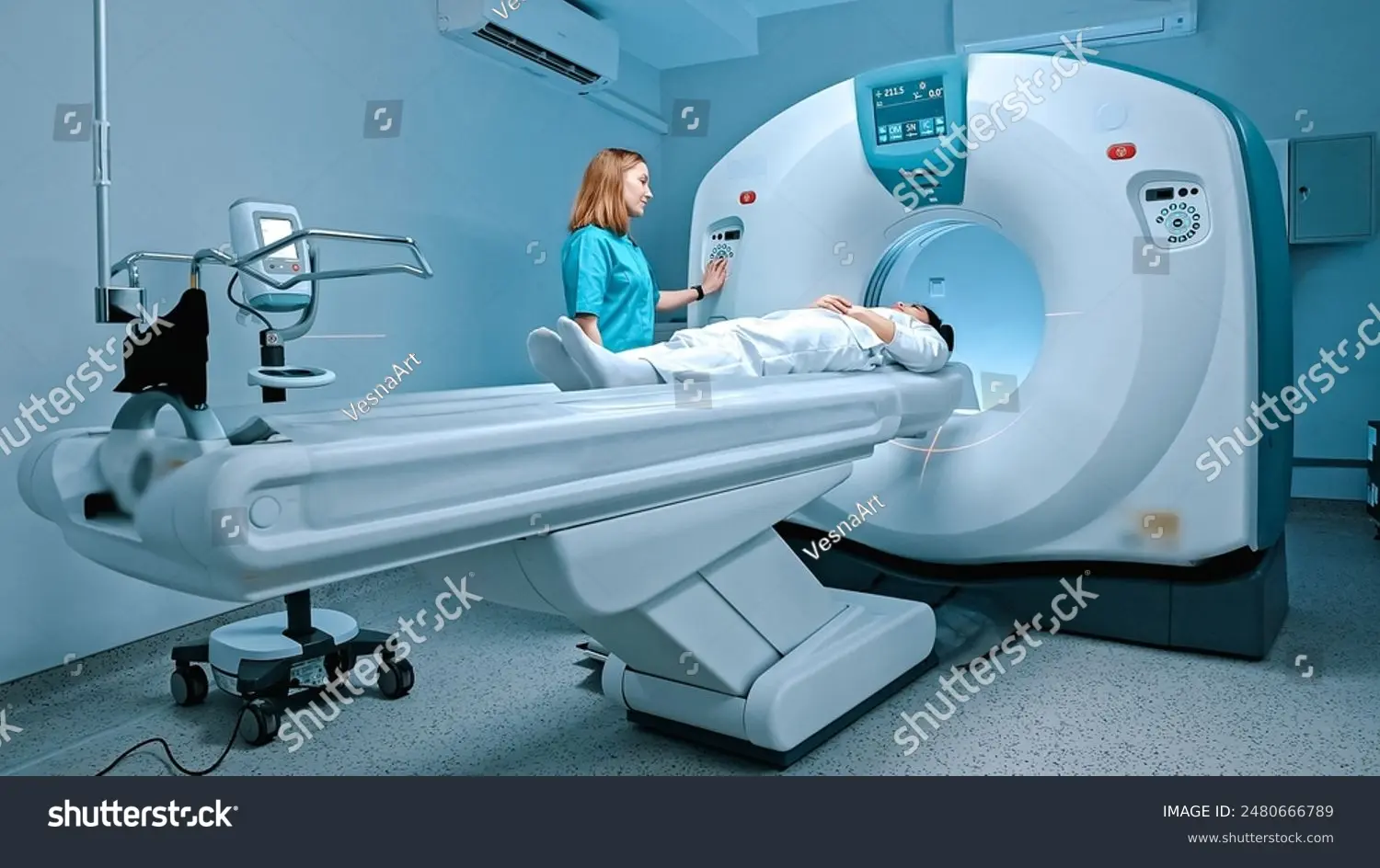Medico e farmaceutico
The medical and pharmaceutical industries are fundamentally structured upon rigorous mandates for precision, hygiene, and unwavering reliability. In the realm of medical manufacturing, critical components such as surgical instrumentation, implantable devices, advanced diagnostic apparatus, and laboratory tools necessitate inherent biocompatibility, impeccable cleanliness, and the utilization of high-performance materials. Concurrently, the pharmaceutical domain is centered on meticulous drug manufacturing, secure packaging, and precise delivery systems, each demanding contamination-free processing and stringent quality control.
Both distinct yet interconnected sectors extensively employ advanced material compositions including stainless steel, titanium, specialized alloys, and polymers. Furthermore, all associated processes must rigorously conform to globally recognized regulatory frameworks such as the FDA (Food and Drug Administration) guidelines, ISO (International Organization for Standardization) standards, and GMP (Good Manufacturing Practice) protocols, ensuring application laboratory level quality. Induction heating presents distinctive advantages within these demanding environments: its inherent cleanliness, non-contact nature, and exceptional precision and repeatability render it ideal for sterile contexts and exacting thermal processes. This makes induction heating a critical application in these fields.

How Induction Heating Supports Medical & Pharmaceutical Manufacturing
Induction heating provides localized, flameless heat that is easy to automate and control, making it well suited for both high-volume and high-precision applications in medical device manufacturing and pharmaceutical processing.
Common Induction Heating Applications
- Used to join high-performance materials
- Parts:
- Stainless steel surgical tools
- Endoscopic components
- Orthopedic implants
- Benefits:
- Strong, leak-tight, hygienic joints
- No open flame or contamination
- Ideal for small, heat-sensitive assemblies
- Process: Uses focused heating to shape or bond polymers
- Parts:
- Catheter tips
- Tubing junctions
- Benefits:
- Smooth, controlled shapes
- Precise heat zones protect adjacent material
- Compatible with automation
- Process: Softening of metal tubes after drawing or forming
- Parts:
- Hypodermic needles
- Cannulas
- Stainless steel or Nitinol tubing
- Benefits:
- Improved ductility and reduced brittleness
- Exact temperature control
- Fast, clean, and scalable
- Used in pharmaceutical packaging
- Parts:
- Foil cap seals
- Tamper-evident closures
- Benefits:
- Induction cap sealing is fast and contactless
- Hermetic seals without adhesives
- Ideal for liquids, powders, and blister packs
- Used to shape or join plastic components
- Processes:
- IV tubing
- Microfluidic channels
- Parts:
- No hot air or contamination risk
- Uniform heating for delicate materials
- Processes: Polymer curing, heat-assisted sterilization
- Processes:
- Polymer-based surgical parts
- Coatings on implants
- Parts:
- Controlled ramp-up and cooling
- Safe for cleanroom and sterile environments
Benefits of Induction Heating in Medical & Pharma
- Non-contact, clean heating: No combustion or contamination
- Precision temperature control: Ideal for sensitive materials
- Highly repeatable: Supports GMP and ISO compliance
- Automation-ready: Speeds up high-volume production
- Compact systems: Space-saving for cleanrooms and labs